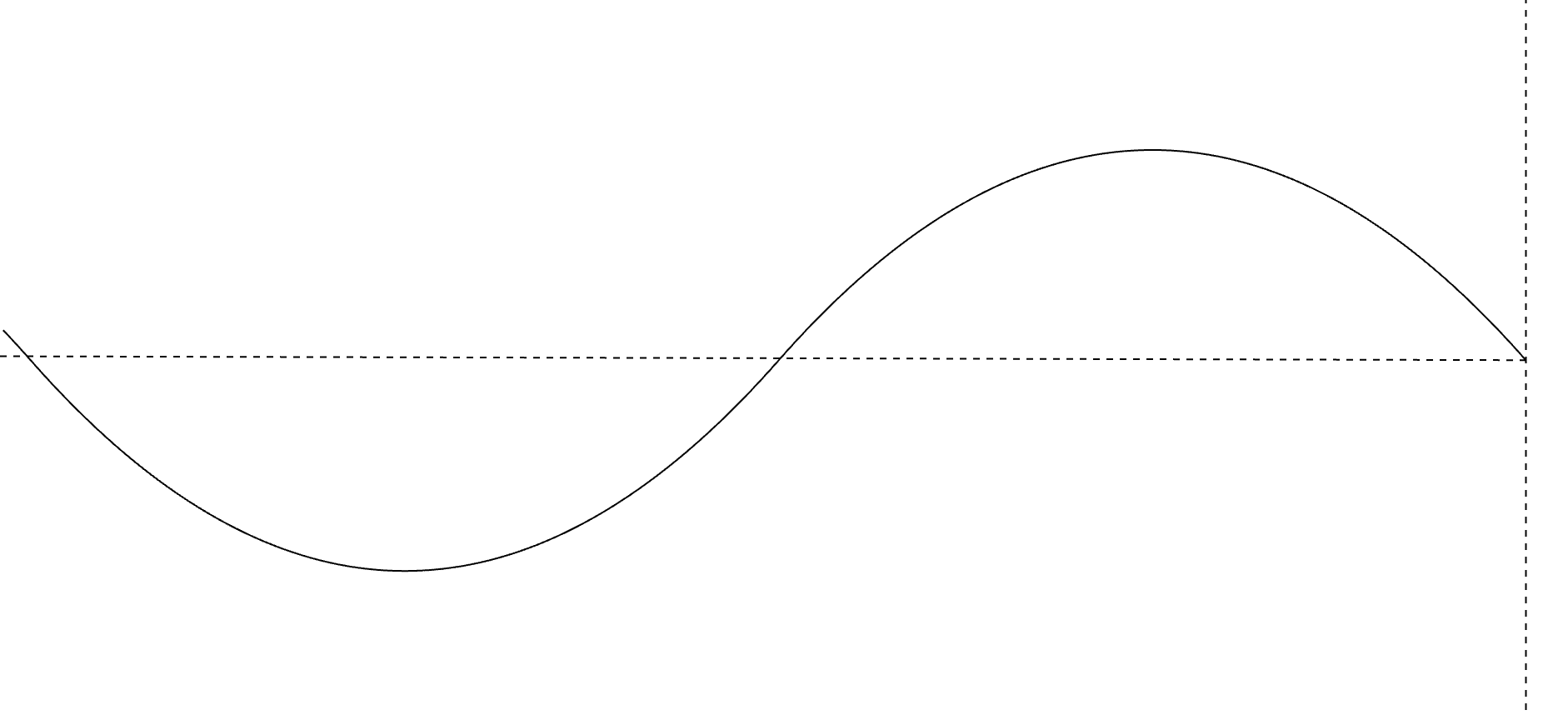All of Julius Stahl´s works take resonant objects as their point of origin. The objects are made of wire, aluminum or even light and are set into motion by pure tones. They are composed of simple geometric elements. Setting them into resonance with tones expands their basic forms and gives the objects a level of time.
"The artist succeeds in enabling the visitor, following her intuition, to experience tones in space as plastic forms rather than fleeting sounds. The visitor experiences an expanding of perception and gets the impression that even what she cannot see is part of the work. Space, distance, and emptiness are important elements in Julius Stahl’s work. They create a space for sound. But also for perception—of sensory spaces between seeing and hearing.“
Simone Schimpf, Museum für Konkrete Kunst, Ingolstadt, 2019
"His way into the visual arts developed out of perspectives in music and sound and thus time-based art. As he himself writes, his engagement with sound and movement “... from physical movement to movement between the senses. Interferences in sensory spaces, between the visible and the audible, based on resonance ...”, has led to a particular strain of pictorial work. In his work Julius Stahl draws on fundamental acoustic phenomena, in particular oscillations and sound waves, which we experience as tones, noise or simply resonances. In everyday experience their physical, form- and space-defining properties remain for the most part beyond our field of awareness. In Stahl’s work, using self-developed procedures, the characteristics of the whole complex of sound are transformed and translated into objects and pictorial forms. “The acoustic raw materials,” the artist writes, “are the sinus tone and white noise. By definition the sinus tone already contains the idea of motion. White noise is in direct contrast. It encompasses almost simultaneously the entire range of audible frequencies.” Using imaging methods and procedures of his own devising, Stahl develops sound objects, which operate at the borders of what is acoustically perceptible, as well as phonographs and photogrammes, which attempt to capture vibrations and their forms.”
Matthias Seidel, DRJ Berlin, 2013
